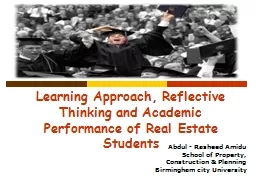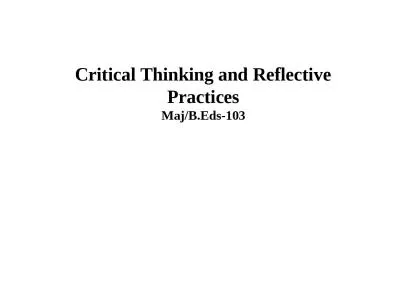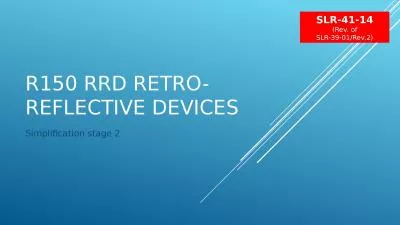PPT-Reflective practice and reflective writing
Author : SocialButterfly | Published Date : 2022-08-01
for paediatric medicine wwwesneftnhsukreflection Janet Bayliss Assistant Librarian Ipswich Hospital Library ESNEFT Tel 01473 702544 ext 1544 wwweelnhsukesneft
Presentation Embed Code
Download Presentation
Download Presentation The PPT/PDF document "Reflective practice and reflective writi..." is the property of its rightful owner. Permission is granted to download and print the materials on this website for personal, non-commercial use only, and to display it on your personal computer provided you do not modify the materials and that you retain all copyright notices contained in the materials. By downloading content from our website, you accept the terms of this agreement.
Reflective practice and reflective writing: Transcript
Download Rules Of Document
"Reflective practice and reflective writing"The content belongs to its owner. You may download and print it for personal use, without modification, and keep all copyright notices. By downloading, you agree to these terms.
Related Documents

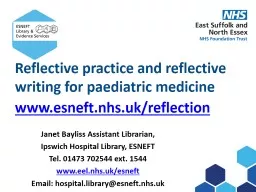
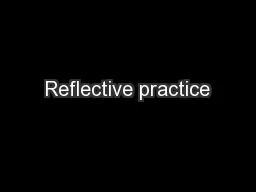
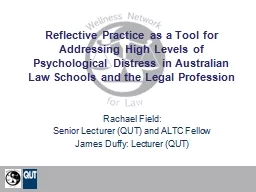
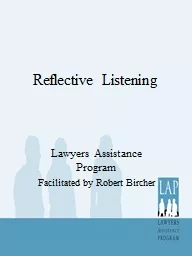
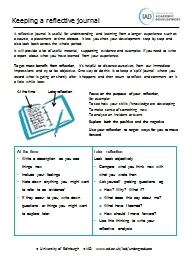
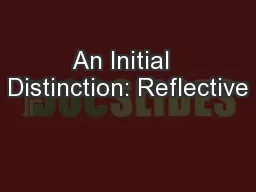
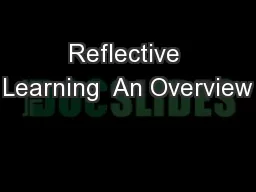
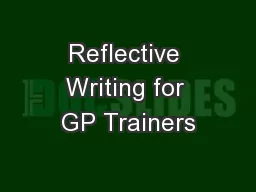
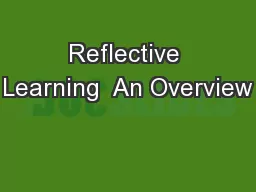
![[DOWNLOAD] - 180 Days of Writing for Kindergarten - An Easy-to-Use Kindergarten Writing](https://thumbs.docslides.com/901444/download-180-days-of-writing-for-kindergarten-an-easy-to-use-kindergarten-writing-workbook-to-practice-and-improve-writing-skills.jpg)
![[EBOOK] - 180 Days of Writing for First Grade - An Easy-to-Use First Grade Writing Workbook](https://thumbs.docslides.com/901798/ebook-180-days-of-writing-for-first-grade-an-easy-to-use-first-grade-writing-workbook-to-practice-and-improve-writing-skills.jpg)
